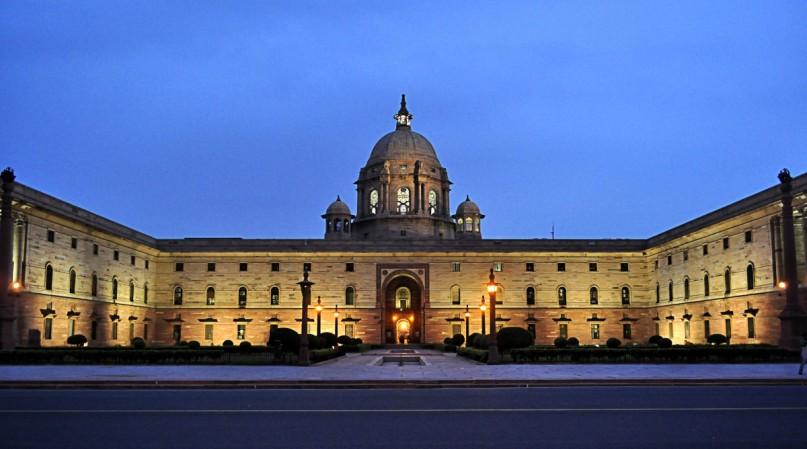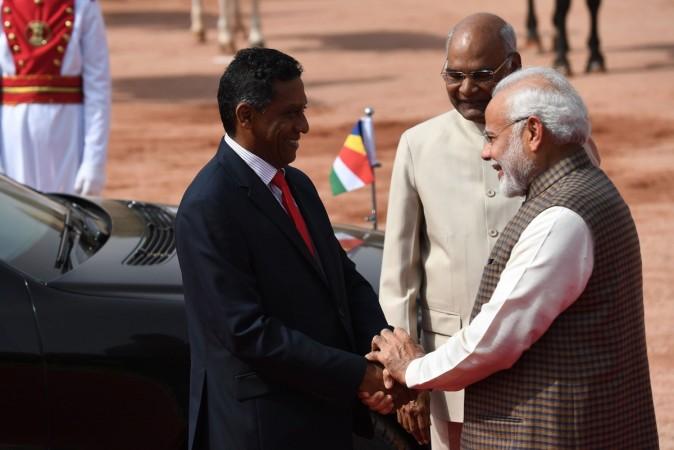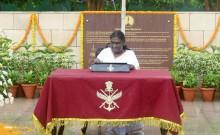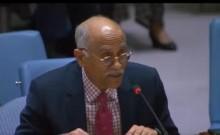
The Delhi High Court has admitted a PIL on the constitutional legitimacy of limiting recruitment to the President's Body Guard (PBG) to only three select castes.
The HC directive came on Wednesday after Haryana resident Gaurav Yadav pleaded to annul the selection to the presidential guards conducted on in September 2017. The petitioner pointed out that only candidates from three castes - Sikhs, Rajputs and Jats were eligible under the existing selection process.
Yadav contended that he fulfils all recruitment parameters except the caste. Admitting the PIL, the bench of Justices S Muralidhar and Sanjeev Narula sought a response from the central government and the Chief of the Army Staff.
"The recruitment criteria so formulated and followed contains an arbitrary classification which is based on caste and henceforth, it being in the nature of class legislation, stands in complete violation of Article 14 of the Constitution of India," the petitioner said.

The exclusion of candidates from other castes is a violation of Article 16 as Presidential Bodyguards is a public office, the petitioner contended, according to the PTI.
"Quash the recruitment of the President's Bodyguard as the same being unconstitutional and against the fundamental right of the citizens of India," the petitioner said.
Earlier, a similar public interest litigation was rejected by the Supreme Court and the Delhi High Court.
Evolving conventions
Here's a look at how the selection to the elite forces is held and how conventions and customs shaped the recruitment process over decades.
The current PBG structure is a remnant of the Governor General's Body Guards (GGBG), which was set up by the British in the 18th century. The outfit was inaugurated when Governor Warren Hastings put together a force of 50 troopers from the ''Moghal Horses'.
The ethnic composition of the elite forces and the way it has evolved over the centuries are interesting. Initially the troopers were entirely Muslims from the Awadh region of the United Province, the current day Uttar Pradesh.
Accordion to the Indian Defence Review, by 1800, Rajputs and Brahmins were recruited into the GGBG along with Muslims. Again, the geographies from where the personnel were recruited remained the same - Awadh and Bihar.
In the early 19th century Madras cavalry was in charge of selection to the Guards, and for about 60 years, South Indian castes dominated the selection process. However, army recruitment underwent a sea change after the 1857's mutiny, with North India gaining upper hand in selection. This led to the selection of Sikhs and Punjabi Muslims into the GGBG.
In early 20th century, selection of Rajputs and Brahmins was stopped, limiting the selection within only Sikhs and Muslims.
After India become a Republic on 26 January 1950, the Regiment was renamed as the 'President's Bodyguard'. At present, Sikhs, Rajputs and Jats from Punjab, Haryana and Rajasthan are selected to the President's Body Guard, according to the Defence Review.

















